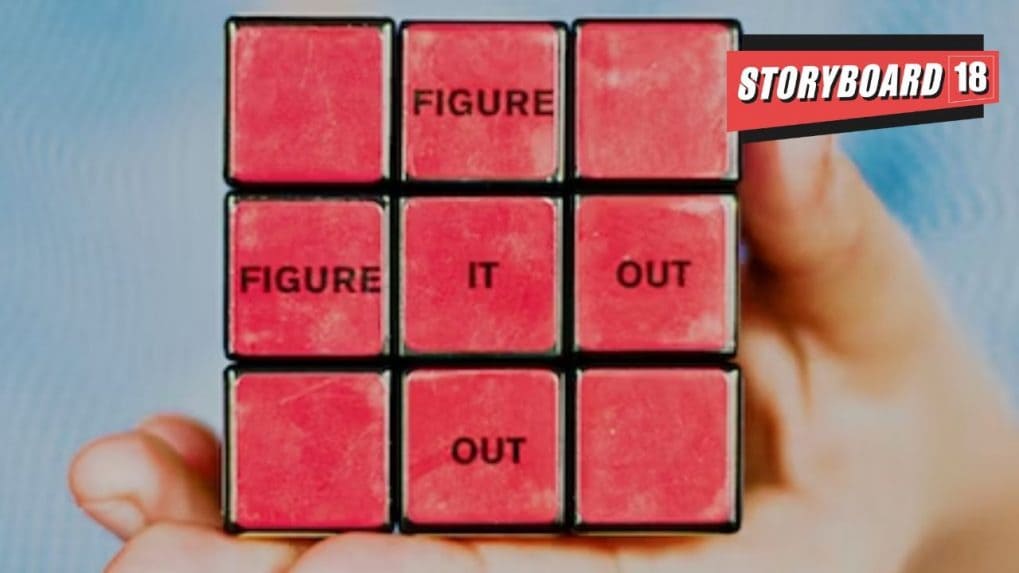Marketing Mocktail: Brand as a person - brand anatomy explained
The 'Human Analogy Canvas' articulates the key components of a brand’s anatomy in relation to a human being to make it simple, succinct and cohesive.
ADVERTISEMENT
Note to readers: Our latest column Marketing Mocktail breaks down and explains the big ideas, new disruptions and old concepts and marketing practices that matter in the modern age.
When I started teaching more than a decade ago, I would discuss various models of (brand) identity, positioning, personality and equity in the class.
I discovered two issues with these models. First, most of them were quite complex, and second, there was hardly any model that integrated all these key components of a brand. In addition, learners would get confused between these terms and often used them interchangeably.
This inspired me to create a framework that would address the issues. Something that would be simple, succinct and cohesive.
Brand as a person
A lot of literature and ideas on brands espouse the ‘brand as a person’. People relate to brands in the same way they relate to other people, in terms of their connections and relationships with brands.
The concept of ‘brand personification’ is used extensively to define what brands mean to consumers as a human entity. Studies conducted on ‘brand archetypes’ borrow from human psychology and sociology to classify brands as human beings.
The idea of ‘brand as a person’ forms the basis of the framework.
Brand Anatomy: Human Analogy Canvas
Here is a snapshot of framework and how each brand component relates to a human being:
Brand Identity: The physique and clothing of the brand.
How does the brand appear externally?
Brand Positioning: The head (rational benefit) and the heart (emotional benefit).
What does that brand do? How does it make me feel?
Brand Personality: The character and values of the brand.
What does the brand stand for?
Brand Essence: The soul and spirit of the brand.
What is the distillation of the brand?
Applying the framework
The framework can be applied in two ways:
1. Analyse and articulate the anatomy of an existing brand – Deconstruction.
2. Create and develop the anatomy of a new brand- Construction.
Lux Soap - Human Analogy Canvas
Lux from Unilever has been a strong brand for over 90 years. It has been marketed as a glamorous ‘beauty soap’ across the globe and promoted as the ‘beauty soap of the film stars’ for decades.
Let’s apply the framework to Lux, as an example.
Brand Identity: The physique and clothing of the brand.
How does the brand appear externally?
Logo, packaging, beauty oils and exotic ingredients, endorsed by film stars.
Brand Positioning: The head (rational benefit) and the heart (emotional benefit).
What does that brand do? How does it make me feel?
Makes my skin soft, smooth, and glowing.
Makes me feel glamorous.
Brand Personality: The character and values of the brand.
What does the brand stand for?
Indulgent. Elegant. Feminine.
Brand Essence: The soul and spirit of the brand.
What is the distillation of the brand? Its DNA?
‘Glamorous Beauty’
Action Agenda
Having defined the Brand Anatomy applying the Human Analogy Canvas, the marketing strategies and tactics of the brand must be aligned with it.
Here’s the checklist of questions to ask:
•Have we aligned our product/service portfolio with our Brand Anatomy?
•Are we leveraging the Brand Identity elements consistently in all our communication?
•Are we demonstrating and communicating our Brand Positioning with clarity, across all our customer touch points?
•Are we walking-the- talk on our Brand Personality and going beyond ads, into acts?
•Have we made our Brand Essence the driving force behind everything we do?
•Finally, do our consumers relate to the brand as a person?
When you are constructing or deconstructing a brand, think of it as a person. A consumer is more likely to engage with a brand as a person, than a brand as an inanimate object.
Anand Narasimha is a corporate turned academician with over three decades of experience spanning Brand Marketing, Advertising, Consulting, and Teaching. He writes the column Marketing Mocktail for Storyboard18. Views expressed are personal.

